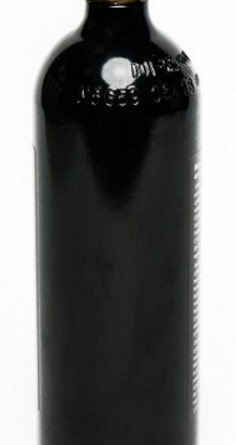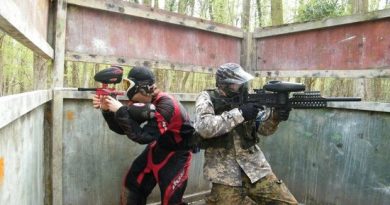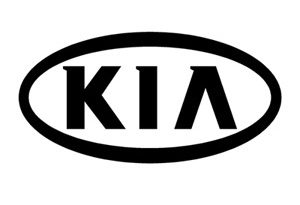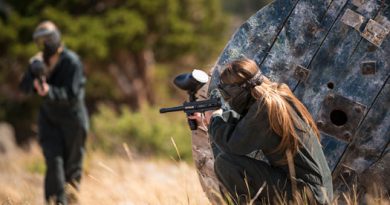CO2 Tanks: Don’t rule out the Old and Reliable
By Chris DeForge
CO2 is rapidly vanishing from paintball fields across the country. It seems that the long standing CO2 VS High Pressure Air war has been concluded in the favor of HPA. While HPA generally has a lot of great benefits to it, there’s no need to remove CO2 entirely from American paintball fill stations. Throughout my time as a player and member of the industry, I’ve heard a lot of complaints about CO2. While many of them were merited, a lot are fallacies. Unfortunately, misinformation spreads quickly among the paintball community. There is no formal process behind calling oneself an air technician, gun technician, or field staff member. As a result, there’s a ton of younger kids and newbies to the sport that read things on the internet or simply make them up. It’s likely to be a perpetual problem that prevents paintball from being perceived as a legitimate, professional industry.
Let’s consider what we know about CO2 and what makes it a bad propellant. CO2 is unstable. It exists as part liquid and part gas in its canister. As the tank shifts, liquid inside the tank can shift as well. The rate to which the liquid converts into a gas depends on factors such as rate of fire, ambient temperature, and how much liquid is in the tank during the filling process. Liquid CO2 creates the typical “snow” or solid, dry ice that rapidly sublimates (evaporates from a solid to a gas) upon exposure to air. This liquid CO2 generally creates a spike in velocity. Therefore, a player holding his gun straight up and down can unintentionally fill the valve of the gun with liquid CO2, resulting in a velocity spike on the first shot.
Liquid CO2 is not generally for lower pressure operation and the variance of pressure can cause low pressure air lines to burst or pop off of barbs or fittings. In addition, CO2 is damaging to electronic solenoids. As a result, it’s mostly not suitable for use on true electronic paintball markers (not including “sear tripping” blowbacks). CO2 is more of a “dirty” propellant than filtered HPA and can leave dirt inside of the marker. In general, it’s best used with steel braid air cable and hard line, as opposed to commercially available macroline.
Still, CO2 still has some merits. CO2 tends to work better on certain older blowback style paintball guns. While HPA tanks with higher output regulators can run rental blowbacks decently, CO2 is the best operational choice. CO2 is also generally a lighter tank option when compared to 3,000 PSI aluminum tanks. 9 or 12 ounce CO2 tanks are most suitable for younger players, especially with 50 caliber low impact rental systems. CO2 tanks are simple and there is no risk of damage or malfunction from a regulator. The air source adaptor (ASA) engages the pin valve and the air flow automatically goes to it’s maximum amount.
CO2 is also a good option for those who live in remote areas and don’t want to deal with purchasing a cascading fill system or a small compressor. You can get way more air fills out of one CO2 bulk tank than out of a single HPA bulk tank. If you live in an area without a paintball shop or field with HPA, CO2 may be your only option for air fill. CO2 remains a popular option for certain field owners due to its profitability. A bulk CO2 tank can quickly pay for itself and, despite what some people say online, there is no specific training needed to fill a CO2 tank.
If someone can learn how to properly and safely fill an HPA tank, that same staff member can easily learn how to fill CO2. Store owners also may get some business from soda or beer aficionados that need CO2 for their DIY operations. There is some debate over the difference between food grade and commercial application CO2, but that’s not a concern for a paintball site; still, it doesn’t hurt to have an extra income option that will pay for itself.
High pressure air is still a great air source and I recommend it for most paintball applications. At the same time, I don’t see the need to “outlaw” CO2. It is not dangerous or industry threatening. It will not magically destroy a gun (unless it’s attached to a gun it isn’t supposed to be used on, such as a low pressure electropneumatic gun). If you own a pump action gun or blowback, CO2 is a great backup option to have and will likely remain a good paintball propellant for years to come.




